Heritage roses have much to offer today’s gardener who wants disease-resistant, low-maintenance blooms. We explore their history and celebrate the women who’ve championed their survival
Roses are amongst South Africa’s earliest settlers. Their heritage in this country spans more than three centuries, from 1 November 1659 when Jan van Riebeeck picked the first rose in the Cape. He recorded it in his diary: “The south-south-east winds continue to blow strongly and on this day has been picked the first Dutch rose at the Cape from rose trees brought here in the past year.”
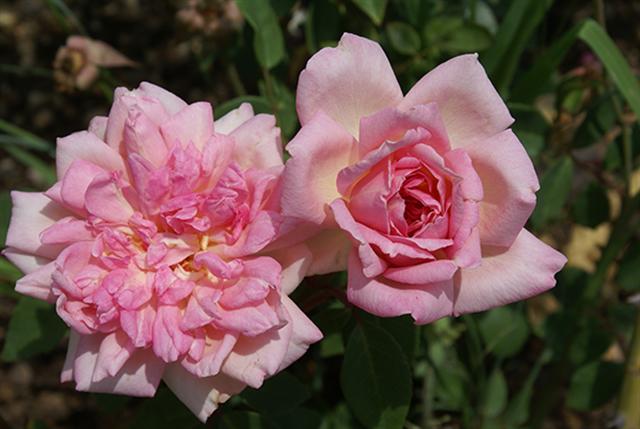
The rose that Jan picked was Rosa centifolia, also known as the Provence Cabbage Rose, with pink globular blooms, prickly stems and soft, coarsely toothed leaves. Nine years later a visitor to the Cape was able to report that Centifolia and Persian roses were growing extremely well in Cape gardens.
As settlers trekked inland, so Centifolia, Damask, Bourbon, Gallica, Rosa chinensis, and Moss roses went with them and were planted in platteland towns, farms, and on mission stations. The second wave of Heritage roses came with the 1820 Settlers and subsequent groups who spread through the Eastern Cape and into the Karoo. How the slips of roses survived the months at sea and the inland trek by wagon is testimony to their toughness and to the persistence of the settlers who wanted something to remind them of home.
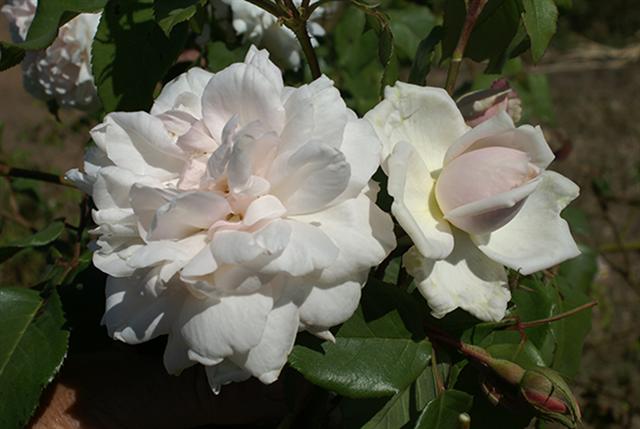
These early roses even put their stamp on the architecture of the time. The cornices of important buildings and homestead gables were decorated with carved swags of Centifolia buds and full-blown roses. At the farm ‘Oude Libertas’ in Stellenbosch, painted wall panels are embellished with posies of Centifolia.
With the arrival of hybrid tea roses in the early 1900s the old roses went out of fashion but they never died out, thanks in part to the efforts of some passionate heritage rose enthusiasts.
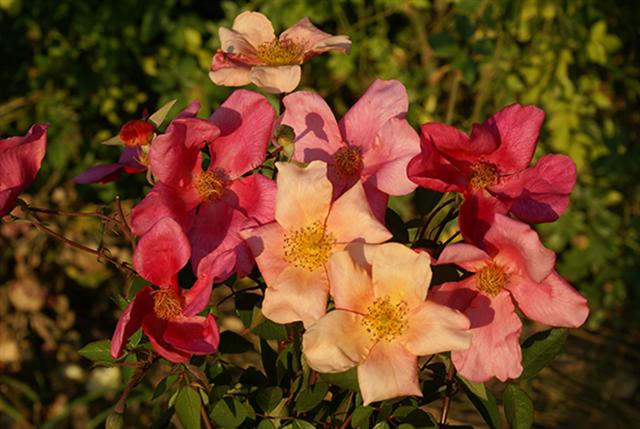
CONTEMPORARY CRUSADERS FOR HERITAGE ROSES
Dr Gwen Fagan, honorary president of the Heritage Rose Society of South Africa can be credited with championing the survival of these historic blooms more than anyone else. For some 20 years she identified and collected old roses from cemeteries, mission villages and other hidden corners of the Cape Province and recorded their history in the beautifully illustrated and readable book Roses at the Cape of Good Hope (Breestraat-Publikasies).
She also established a number of heritage rose gardens, starting with the garden at Boschendal Wine Estate. Now in her 80s she’s still active, her latest project being the restoration of the rose garden at the historic Welgelegen in Mowbray, Cape Town. In the Karoo town of Bedford, a teaching garden and sanctuary for old roses is being created, using eco-friendly garden methods. Gwen is designing the Rosarium.

The initial collection is based on roses documented in Gwen’s book and Chairperson Barbara Long and other members of the small but active Heritage Rose Society have criss-crossed South Africa collecting plants or taking slips. Their painstaking work was boosted by a gift of 265 old roses from rose grower Ludwig Taschner and they are expecting a further donation of roses from the botanical gardens in Lyon, France, which will be hosting the 2015 World Heritage Rose Convention. The bare root roses will come via the Kirstenbosch Botanic Institute. Explains Barbara: “Exchanging plants between botanical gardens is much easier because there is no chance of disease.”
Another safe haven for old roses was created in Somerset East by Cathy Lynne Esterman, daughter of the late Heather Leppan, fondly dubbed ‘the rose lady of the Karoo’. Heather was chair of the Karoo rose society for 16 years and she tirelessly promoted old roses. Many were planted in parks and gardens throughout the region, further inspiring Heather to dream of a Heritage Rose Trail incorporating 12 towns. That dream may become a reality as part of the Karoo Heartlands Initiative.
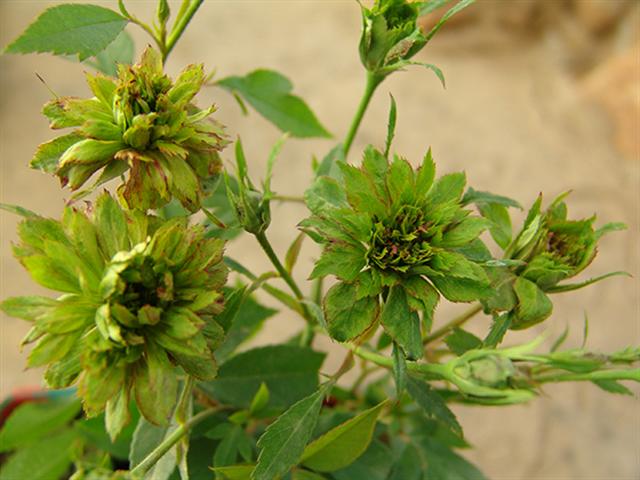
When she passed away in 2009, Heather had the biggest Heritage rose nursery in South Africa and her daughter has taken it on, along with the setting up of a Heatherby Heritage Rose Sanctuary in honour of her mother. Cathy moved more than 2 000 roses growing in her mother’s garden to the sanctuary in Somerset East which is a registered historical site. In pride of place is the ‘Heatherby’ rose, named after Heather in 2004 in recognition of her work for roses.
Take inspiration from these crusaders and continue the living legacy of heritage roses by planting some in your own garden. “The tenacity of old roses makes them such rewarding plants,” encourages Barbara, whose rambling cottage garden in the Eastern Cape is filled with 570 heritage roses. Being an organic gardener, Barbara never uses garden sprays and has discovered that most old roses are resistant to fungal diseases and need very little maintenance.
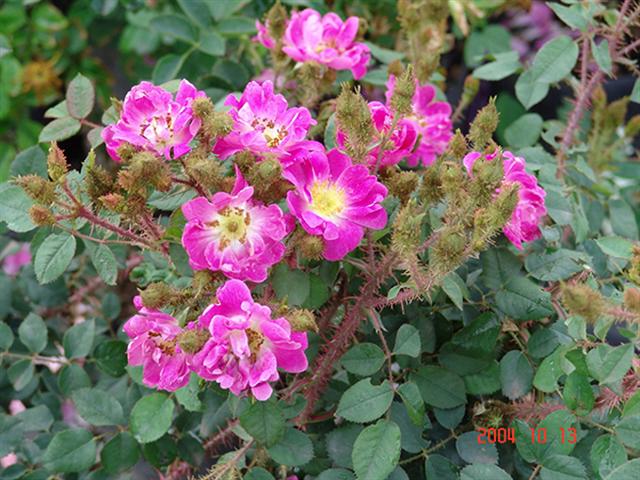
HERITAGE ROSES FOR MODERN GARDENS
Most heritage roses available today are loose shrubs or semi-climbers and their attraction lies not only in the charming single, double or quartered blooms but in the unusual foliage and colourful hips in autumn. Those heritage roses that flower only in spring produce an incredible profusion of blooms. There are also heritage roses that flower continuously, such as the Bourbon, Noisette and Hybrid Musk roses, as well as several Rosa species that flower repeatedly throughout summer, even into winter.
Heritage roses can be treated like all other roses with regard to regular watering and fertilising. In winter they can be lightly pruned to encourage new growth and a mass of flowers. Rose grower Ludwig Taschner still keeps a selection of heritage roses and recommends the following:
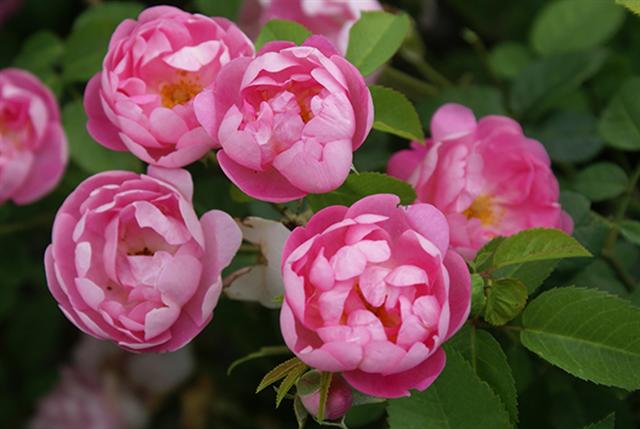
WHERE TO SEE HERITAGE ROSES
Heatherby Heritage Rose Sanctuary and Nursery which includes a memory meander called ’Heather’s Way’, Paulet Street, Somerset East. Contact Cathy Lynne Esterman on 076 303 7222, 042 243 3559 or e-mail [email protected]
Heritage Rose Society’s Rosarium (work is in progress), Bedford, Eastern Cape. The Society is in need of sponsorship for this project. For information, call Barbara Long on 046 645 2321 or Vernon Marais on 046 636 1093 or e-mail [email protected]
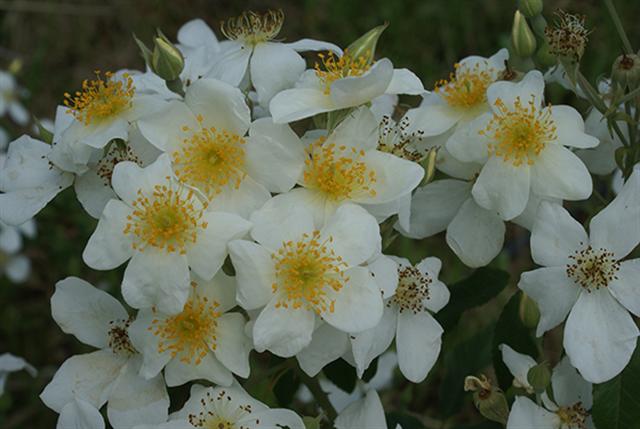
‘Fresh Woods’ Peter and Barbara Knox-Shaw’s garden in the Grabouw area is open to the public on selected days as part of the Elgin Open Gardens. It is well known for its collection of heritage and species roses started by Maisie Knox-Shaw in the early fifties. E-mail [email protected] or call Barbara Knox-Shaw on 021 844 0154 or 078 021 2101.
Keurbos Nursery Garden, Restanwold Farm, 8km from N2 on Highlands Road, is the garden of Ian and Jessie Walton (Gwen Fagan’s daughter). The garden forms part of the Elgin Open Gardens and can also be visited by appointment. Call 021 848 9146/849 8714.
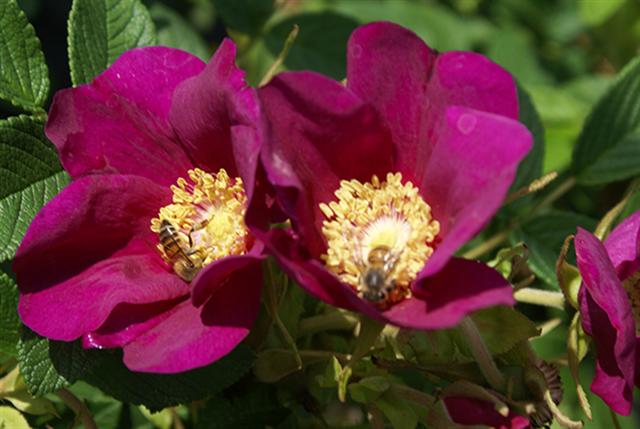
Mayville House Museum Heritage Rose Garden is part of the Drostdy Museum, 18 Swellengrebel Street, Swellendam. Call 028 514 1138 or e-mail [email protected]
Boschendal Wine Estate, Manor House Rose Garden, laid out by Gwen Fagan. Boschendal is on the R310 to Stellenbosch. Call 021 870 4272/3/4/5.
Spier Wine Estate, Stellenbosch. Call 021 809 1100 or e-mail [email protected]
Ludwig’s Rose Farm, Pretoria. Call 012 544 0144 or e-mail [email protected] or ludwigsroses.co.za
